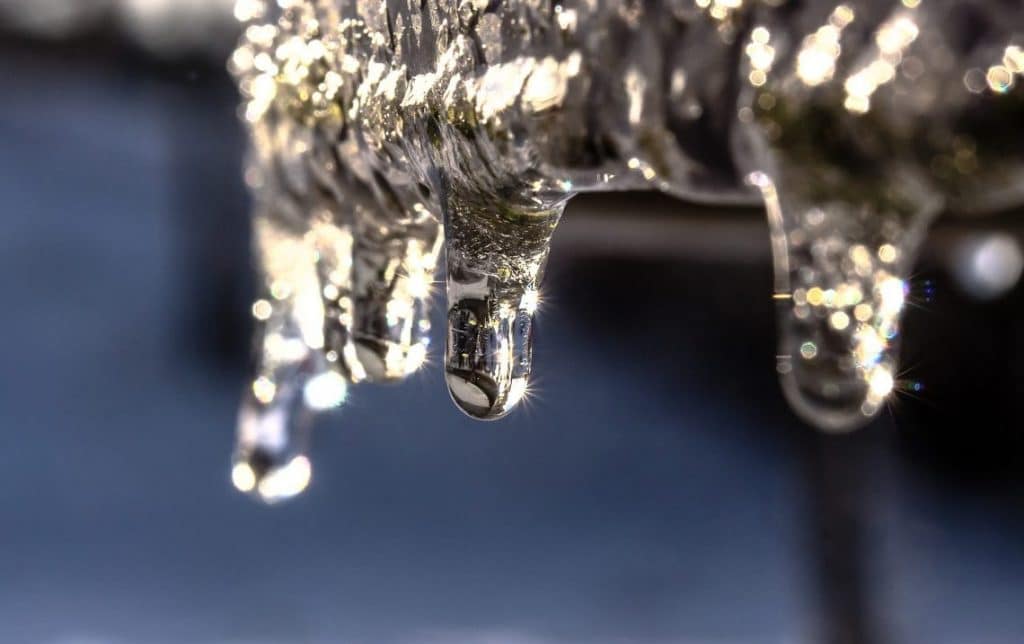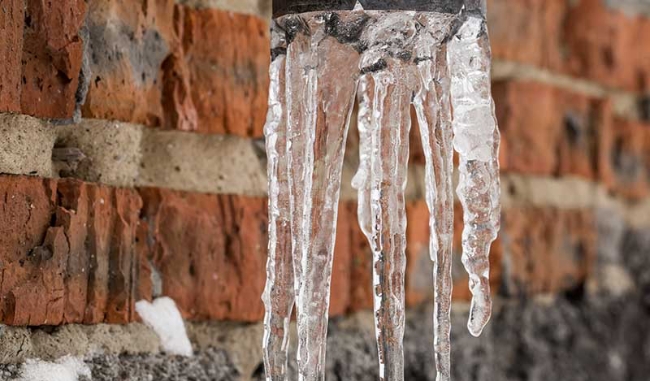Important Tips for Preventing Frozen Plumbing in Winter Conditions
Important Tips for Preventing Frozen Plumbing in Winter Conditions
Blog Article
They are making a few great observations about How To Avoid Freezing Pipes as a whole in the article just below.

Cold weather can ruin your plumbing, specifically by freezing pipes. Below's how to stop it from happening and what to do if it does.
Introduction
As temperature levels drop, the danger of icy pipes boosts, possibly leading to expensive fixings and water damage. Comprehending exactly how to stop frozen pipes is important for home owners in cold climates.
Prevention Tips
Protecting prone pipelines
Cover pipelines in insulation sleeves or make use of warmth tape to shield them from freezing temperature levels. Concentrate on pipelines in unheated or external locations of the home.
Home heating methods
Maintain interior areas properly heated up, specifically locations with plumbing. Open up cabinet doors to permit warm air to circulate around pipes under sinks.
Just how to determine icy pipelines
Look for decreased water flow from faucets, uncommon smells or sounds from pipelines, and visible frost on subjected pipes.
Long-Term Solutions
Structural adjustments
Consider rerouting pipelines far from exterior walls or unheated locations. Add extra insulation to attic rooms, cellars, and crawl spaces.
Upgrading insulation
Buy high-quality insulation for pipelines, attics, and wall surfaces. Appropriate insulation helps keep constant temperature levels and minimizes the risk of icy pipes.
Securing Outdoor Pipes
Garden pipes and outdoor taps
Disconnect and drain garden pipes prior to winter season. Set up frost-proof faucets or cover exterior taps with shielded caps.
Understanding Frozen Pipes
What causes pipes to freeze?
Pipes freeze when subjected to temperatures below 32 ° F (0 ° C) for extended periods. As water inside the pipes freezes, it expands, taxing the pipeline wall surfaces and possibly triggering them to rupture.
Risks and damages
Icy pipelines can cause water system interruptions, building damages, and costly repairs. Ruptured pipes can flood homes and create substantial structural damages.
Indications of Frozen Piping
Recognizing icy pipes early can avoid them from breaking.
What to Do If Your Pipelines Freeze
Immediate activities to take
If you suspect icy pipelines, maintain taps available to relieve pressure as the ice thaws. Make use of a hairdryer or towels taken in warm water to thaw pipes slowly.
Verdict
Stopping frozen pipelines needs proactive actions and quick responses. By comprehending the causes, indicators, and preventive measures, home owners can safeguard their pipes during cold weather.
6 Proven Ways to Prevent Frozen Pipes and Protect Your Home
Disconnect and Drain Garden Hoses
Before winter arrives, start by disconnecting your garden hoses and draining any remaining water. Close the shut-off valves that supply outdoor hose bibs and leave the outdoor faucet open to allow any residual water to drain. For extra protection, consider using faucet covers throughout the colder months. It’s also important to drain water from any sprinkler supply lines following the manufacturer’s directions.
Insulate Exposed Pipes
Insulating your pipes is an effective way to prevent freezing. Pipe insulation is readily available at home improvement stores and is relatively inexpensive. Pay close attention to pipes in unheated areas such as the attic, basement, crawl spaces, or garage. Apply foam insulation generously to create a buffer against the cold. You can also wrap your pipes in heat tape or thermostat-controlled heat cables for added warmth.
Seal Air Leaks
Inspect your home for any cracks or openings that could let in cold air. Seal any holes around the piping in interior or exterior walls, as well as the sill plates where your home rests on its foundation. Additionally, make sure to keep your garage door closed unless you’re entering or exiting. Leaving it open creates a significant air leak that can lead to frozen pipes.
Allow Warm Air Circulation
During cold snaps, it’s essential to allow warm air to circulate evenly throughout your home. Leave interior doors ajar to promote better airflow. Open kitchen and bathroom cabinets to help distribute heat consistently around the rooms. If you have small children or pets, be sure to remove any household chemicals or potentially harmful cleaners from open cabinets for safety.
Let Faucets Drip
A small trickle of water can make a big difference in preventing ice formation inside your pipes. When temperatures drop significantly, start a drip of water from all faucets served by exposed pipes. This continuous flow helps prevent the water from freezing. Additionally, running a few faucets slightly can relieve pressure inside the pipes, reducing the chances of a rupture if the water inside does freeze.
https://choateshvac.com/6-proven-ways-to-prevent-frozen-pipes-and-protect-your-home/

Hopefully you enjoyed our part on How to prepare your home plumbing for winter weather. Thank you for taking time to read our piece. Do you know somebody else who is intrigued by Prevent Frozen Pipes ? Feel free to promote it. Thanks a lot for taking the time to read it.
Book A Service Report this page